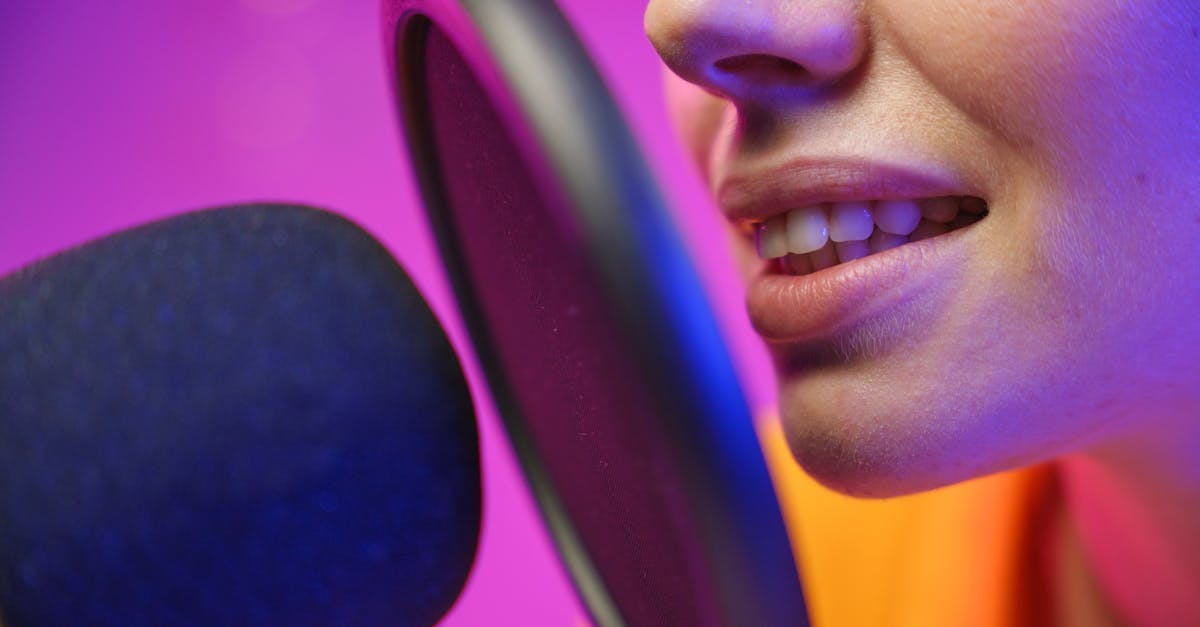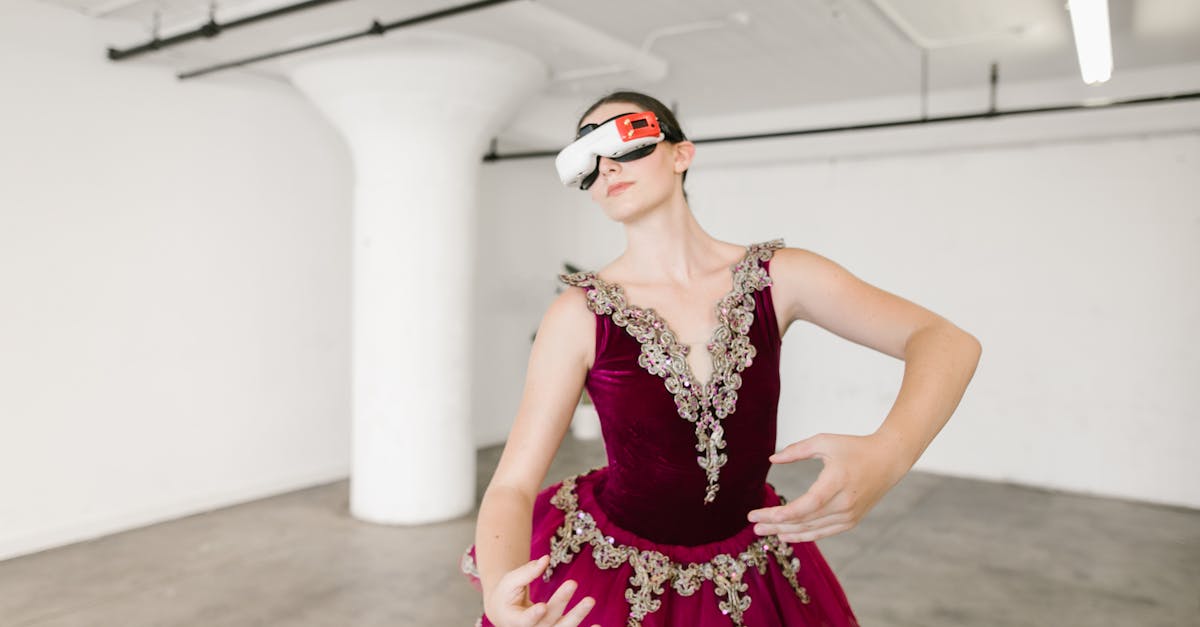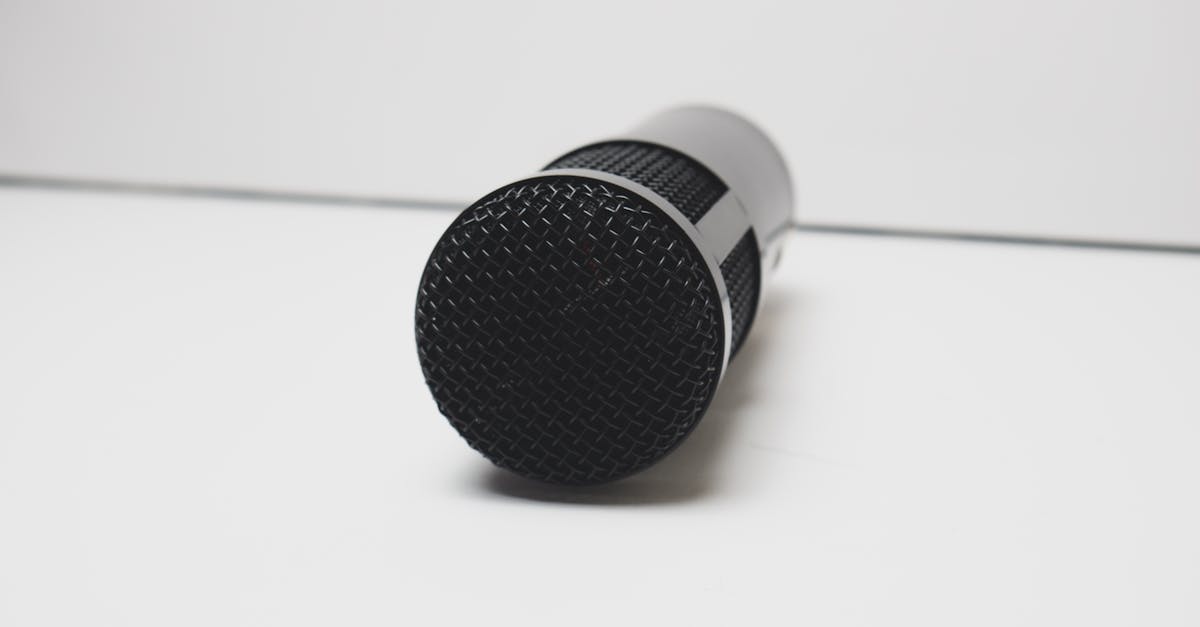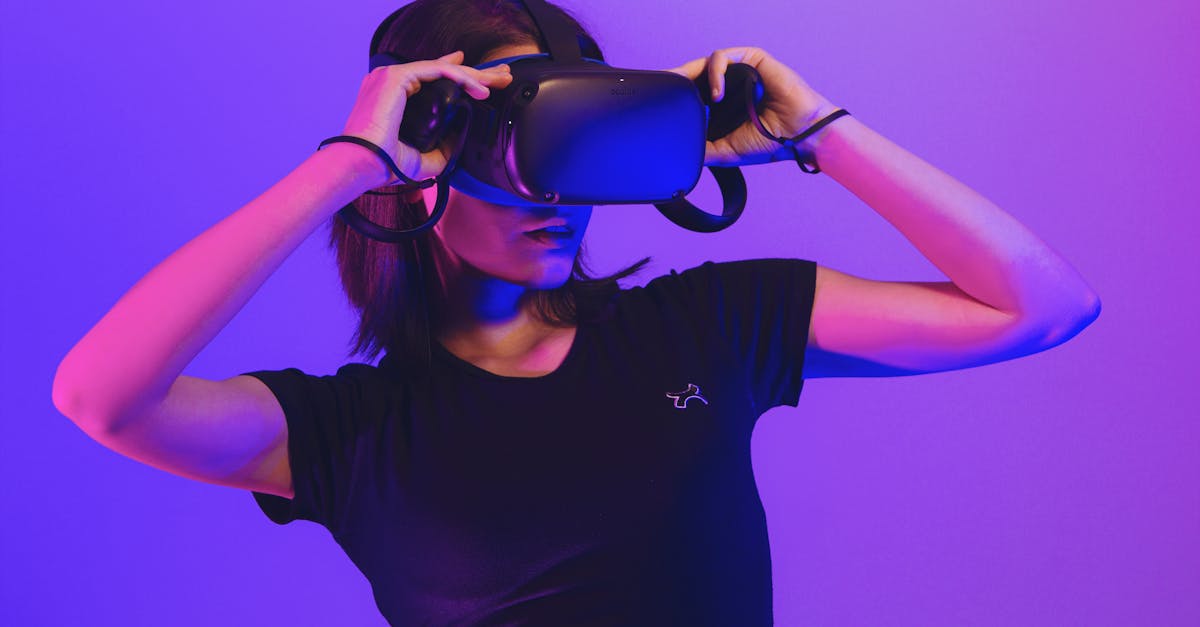Exploring the World of Immersive Audio Journeys
Introduction
In an age dominated by visual media, audio has made a significant comeback with the advent of immersive sound technologies. These audio journeys transport listeners into an entirely new reality, where soundscapes and narratives blend seamlessly to evoke emotions and tell compelling stories. From virtual reality experiences to binaural recordings, immersive audio has become a crucial part of modern entertainment. How has it evolved, and why does it have such a profound impact? Discover the layers that make these audio experiences so compelling. Prepare to delve into the world where sound surrounds, envelops, and captivates.
Advertisement
The Building Blocks of Immersive Audio
Immersive audio is constructed using multiple layers of sound that mimic how we perceive the world. It leverages technologies that place the listener at the center of the action, producing a 360-degree sound field. Techniques such as binaural recording are employed to capture sounds exactly how they would reach the human ear. Head-tracking and spatial audio further enhance the experience, making sounds change their location based on head movement. This marries the auditory with the experiential, allowing audio landscapes to be rich, layered, and deeply engaging.
Advertisement
Genres and Applications
From haunted houses to soothing nature walks, immersive audio’s applications are vast and varied. In audio dramas, realistic soundscapes bring stories and characters vividly to life, enhancing the listener's connection to the plot. Music concerts use spatial audio to replicate the atmosphere of live events. Meditation and relaxation apps offer auditory escapes to serene environments. Museums and educational platforms are also utilizing 3D audio to create dynamic, interactive exhibits, expanding the boundaries of traditional learning and engagement.
Advertisement
Technology Behind the Magic
The immersive sound experience is powered by an array of technological advancements. Speakers with abilities to produce sounds in different directions simulate real-world acoustics. Additionally, headphone technologies equipped with spatial audio capabilities enable personalized soundscapes suited to individual listeners. Advanced algorithms enable real-time sound manipulation, adjusting audio based on the listener's movement or interaction with virtual environments. Sound engineers utilize software models to manipulate and mold audio in ways that were unimaginable just a decade ago.
Advertisement
How It's Transforming Storytelling
Storytelling is at the heart of immersive audio. By blurring the lines between reality and fantasy, creators are able to forge deep emotional connections with audiences. Listeners can be transported to various timelines, settings, and emotional states through sound alone. Podcasts and audiobooks have embraced this technology to convey complex narratives with rich soundscapes. This has opened up new storytelling possibilities, where sound becomes a character itself, guiding listeners through tales of intrigue, adventure, or introspection.
Advertisement
Engaging the Senses Beyond Hearing
Immersive audio impacts more than just our ears; it resonates with our emotions and memories. As sounds envelop a listener, they stimulate mental imagery and transport individuals to different places or times. The subtlety of audio immersions can evoke powerful sentiments, from nostalgia to excitement or even fear. Research indicates that auditory cues can significantly heighten engagement and retention, enabling experiences that involve more than just passive listening.
Advertisement
The Role of Psychology
Immersive audio affects the human brain in profound ways. This is deeply rooted in psychology, exploring how sounds can alter moods, influence thought patterns, and enhance perception. The human brain is wired to respond to auditory triggers, making them a conduit to emotional and psychological states. The ASMR phenomenon exemplifies this, as specific auditory stimuli induce relaxation and tingling sensations in some individuals. Industry developments continue to explore these psychological facets aiming to create more impactful and therapeutic audio experiences.
Advertisement
Challenges and Considerations
While the technology is promising, it faces certain challenges. Accurate sound mixing and mastering demand technical expertise and an ear for nuance. The balance between immersive experiences and cognitive overload is also delicate; overly rich soundscapes can overwhelm listeners rather than engage them. There are ethical considerations as well, such as ensuring that immersive content doesn't obscure realism or mislead audiences. Nonetheless, with ongoing innovation and research, these challenges are continuously addressed to improve user experiences.
Advertisement
Future Innovations
The journey of immersive audio is on a rapid trajectory with numerous possibilities on the horizon. Emerging technologies like virtual and augmented reality promise to integrate more seamlessly with audio innovations. Artificial intelligence is being harnessed to further refine and personalize audio experiences. The introduction of advanced acoustic environments in gaming and virtual meetings exemplifies new frontiers for immersive audio applications. The future envisions applications that will exceed our current scope of imagination, promising more inclusive and personal experiences with sound.
Advertisement
Conclusion
In a world where visuals often take precedence, immersive audio offers a refreshingly unique way to experience stories and environments. It has redefined entertainment and learning, uncovering new dimensions of engagement. As technologies evolve, so too will the depth and richness of these auditory journeys, promising more authentic and refined experiences. The power of immersive sound lies in its ability to transcend traditional boundaries, fostering creativity and connection. As we look to the future, one thing is clear: immersive audio will continue to evolve, leading listeners into new worlds of possibility.
Advertisement







